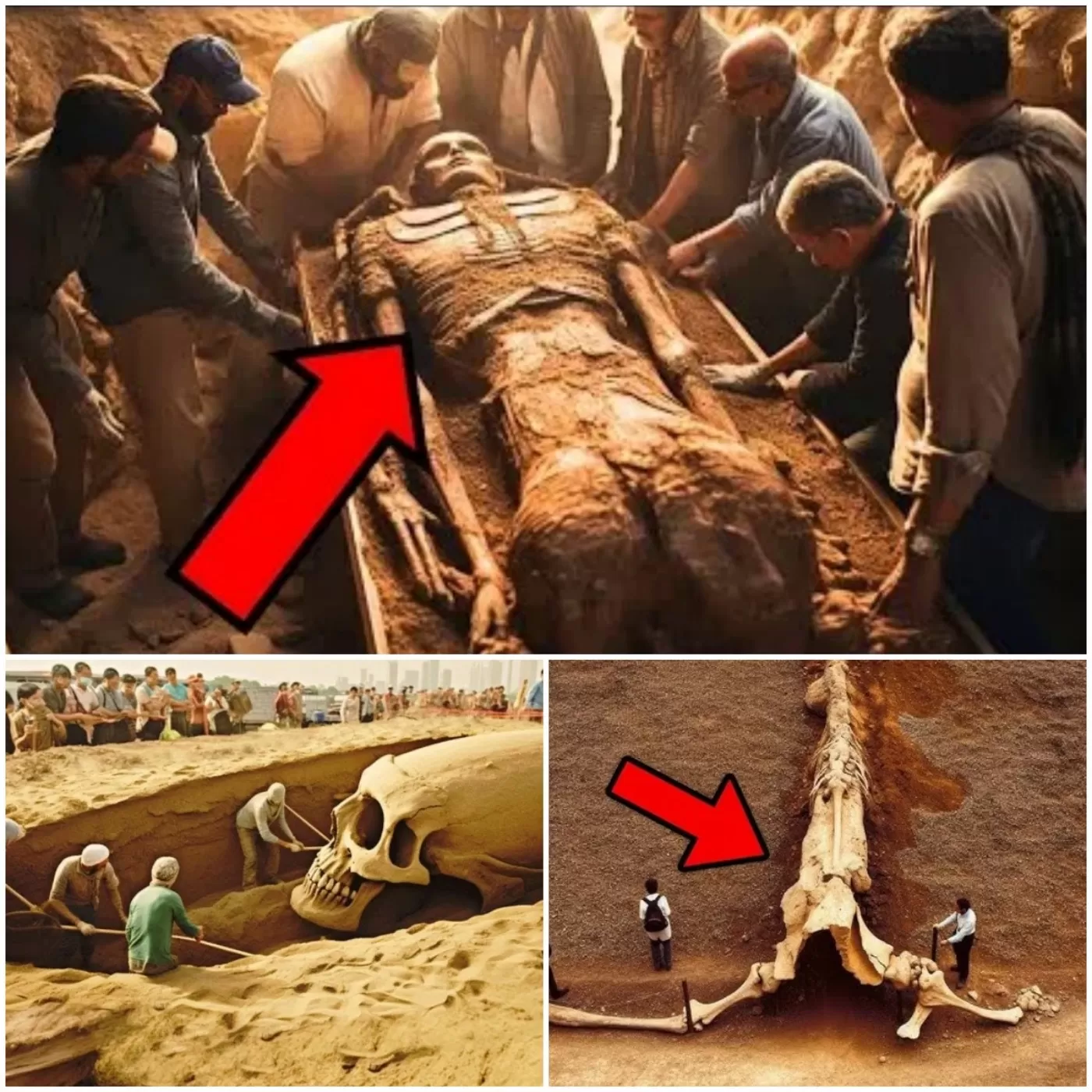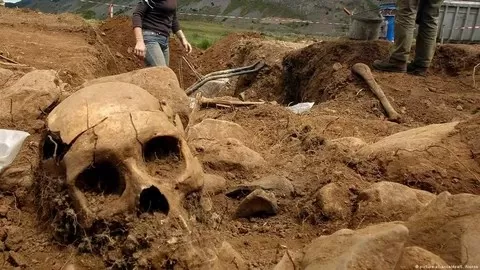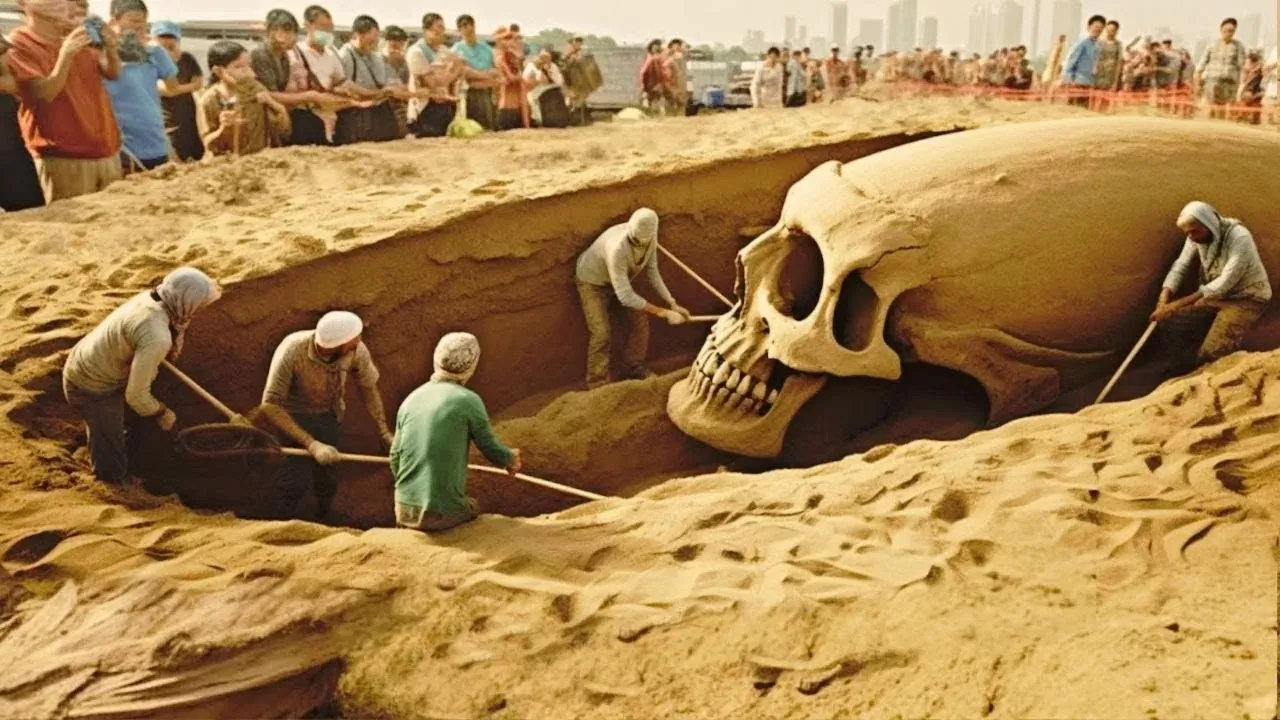
Egypt, land of pharaohs and ancient mysteries, has once again stunned the world with an unprecedented archaeological discovery. An international team of researchers has unearthed a site that experts say could change the historical narrative about one of humanity’s most fascinating civilizations.
The Discovery: A Lost City
The discovery took place near Luxor, where archaeologists found the remains of a lost city dating back more than 3,000 years, to the reign of Amenhotep III. Known as “the lost golden city,” this site had remained hidden beneath the desert sands for centuries.

Among the most impressive discoveries are well-preserved houses, everyday tools and administrative structures that shed light on the daily life of the ancient Egyptians. According to researchers, the level of preservation is comparable to that of Pompeii, allowing a unique glimpse into what life was like at the height of the New Kingdom.
Historical and Cultural Impact
The discovery has challenged some of the most long-held assumptions about Egyptian history. Until now, historians believed that the pharaohs devoted most of their resources to building temples and monuments. However, this city shows that there were also great efforts to develop advanced urban infrastructures.
The find also includes inscriptions and objects that could provide new details about commercial interactions, religious practices and social organization of the time.
The World’s Reaction
The discovery has generated enormous global interest. Both experts and the general public are fascinated by the implications of the find, which promises to redefine our understanding of Egyptian civilization.
“It is one of the most important discoveries of the last 50 years,” said an archaeologist involved in the project.
On social media, users have shared images and videos of the findings, expressing amazement at the magnitude of the discovery.

What’s Next
Work at the site continues, with researchers conducting deeper excavations and advanced analysis. Modern technologies such as 3D scanning and carbon dating are being used to get a clearer picture of life in this lost city.
Conclusion
The discovery of this city in Egypt not only redefines the history of one of the world’s most iconic civilizations, but also demonstrates how archaeology remains a powerful tool for revealing the secrets of the past.
As more details are revealed, this find promises to continue to capture the imagination and interest of the entire world. Egypt undoubtedly remains a place where past and present converge in spectacular fashion.





